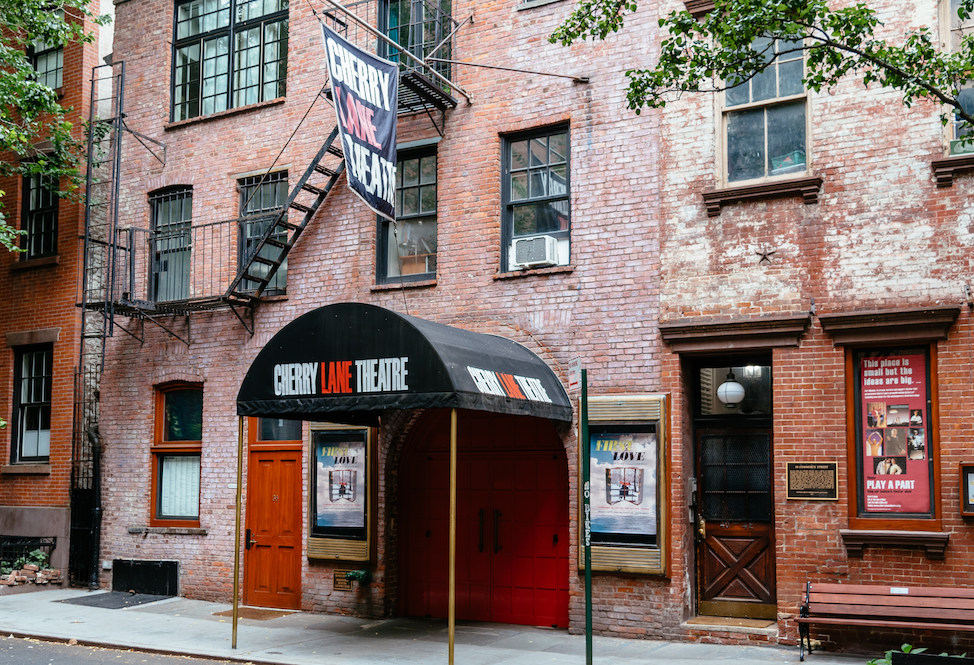IP Briefing: What's Going on With Philanthropy for Theater?
/JJFarq/Shutterstock
In a sentence: Like all the performing arts, theater has been hit hard by the pandemic, and funders are making moves to bolster the nonprofit theater world now and into the future.
What’s going on
The typical nonprofit theater brings in about half its revenue from earned income (notably, ticket sales and subscriptions). That means the field has been transformed as shows have been canceled, postponed or moved online during the pandemic. Dedicated theater funders have responded, helping to shore up organizations and artists in the face of pandemic pressures, while also addressing longer-term issues like equity and audience engagement.
Individual donors play an outsized role in this sector, and private and family foundations are also influential, we reported in our State of American Philanthropy paper on giving for theater. Looking at the broader context of philanthropy for the performing arts, theater tends to receive less funding than music, and more than dance.
By the numbers
The top 15 theater-supporting institutional grantmakers collectively gave $348 million to theater organizations from 2014 to 2018, according to data from Candid.
A 2017 study by Helicon Collaborative found that only 4% of arts funding flowed to groups whose primary mission is to serve communities of color.
Key funders
Individuals are the leading source of contributions for the average arts organization, SMU DataArts reported in 2019. Major donors often focus on capital gifts, as well as programming and education. Take, for example, David Geffen’s recent $150 million gift to the Yale School of Drama. Larger theaters benefit from the fundraising acumen of their well-connected leaders. Billionaire Groupon founder Eric Lefkofsky is the chairman of the Steppenwolf Theatre Company’s Board, and Robert Redford is the president and founder of the Sundance Institute (which supports theater artists as well as filmmakers), to name a couple of examples.
Leading foundation supporters of theater include the Shubert, Andrew W. Mellon, Howard Gilman, and Davee foundations. The Shubert Foundation is the nation’s largest foundation making unrestricted grants specifically to theater and dance organizations, and supports hundreds of groups across the country. Several foundations focus on theater in their home regions, like the William Penn Foundation in Philadelphia, or the Walton Family Foundation’s funding of Arkansas-based theater troupes. Most foundation grants in this area go to medium to large theater organizations like the Two River Theater Company and the New York Shakespeare Festival.
Regrantors including the Theatre Communications Group play a significant role in philanthropy for theater. Corporate funders play a smaller role, and most of what they contribute comes in the form of sponsorships.
New and notable
Some funders are making meaningful efforts to advance equity in the theater world. The MacArthur and Hewlett foundations are among those revisiting grant requirements and actively soliciting proposals and conversations with BIPOC-led organizations. Last summer, a coalition of BIPOC theater makers outlined specific ways funders can remedy inequities.
Funding focused on individual artists ramped up during the pandemic. Many working actors rely on supplemental income and lack a durable safety net. Funders have increased support for individual artists while eyeing structural reforms to enable actors to withstand the next crisis. The Andrew W. Mellon Foundation provided seed funding for the Artist Relief Fund, which made $5,000 emergency grants to 4,682 artists over 15 months in 2020 and ’21.
Nonprofit theaters compete with, and complement, commercial Broadway. Pre-COVID, Broadway was “awash in more money than anyone can remember,” Berkeley Repertory Theatre’s Susan Medak told IP. “So someone who, 20 years ago, would have donated to a nonprofit, now invests in a Broadway show.”
Food for thought
“Before the pandemic, we knew we needed to increase our funding to support our education, engagement, theater access and audience development programs, but now, we face real challenges for the next two or three years as we try to get people back in the theaters.” — Victoria Bailey, executive director of Theater Development Fund, here
Go deeper









